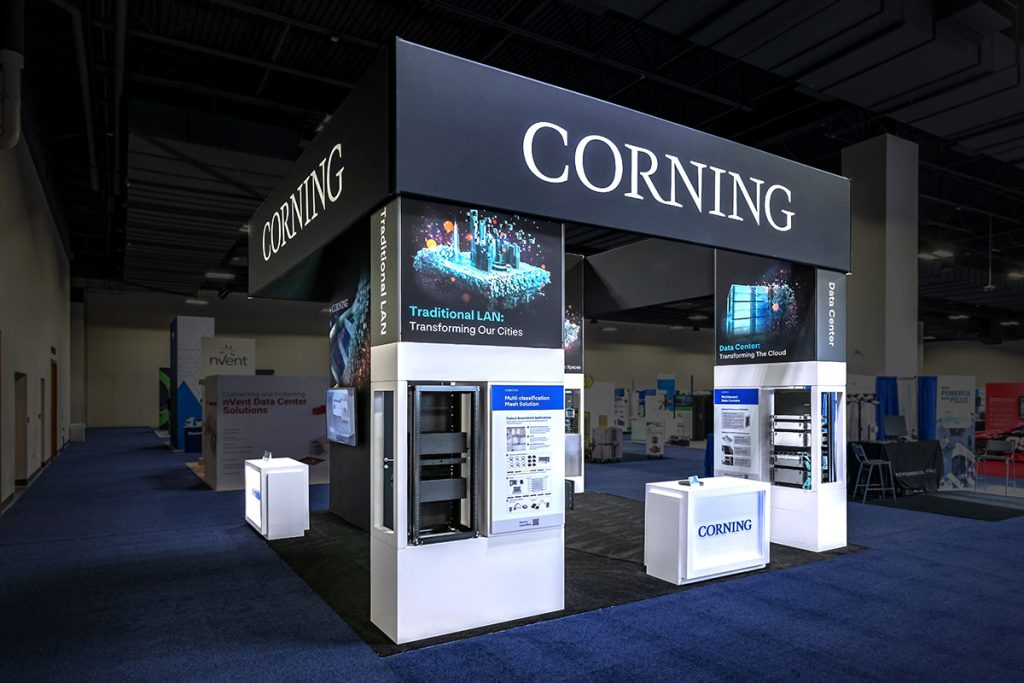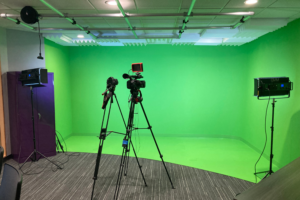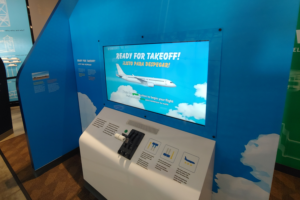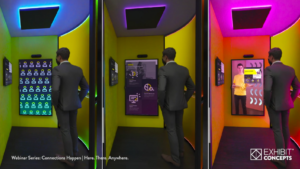Before you engage with your exhibit partner on a new design for your next event, start with the fundamentals. And the first place to start is with the exhibitor kit and the rules and regulations for the venue.
Why Knowing Your Event Venue Rules is Key to a Successful Exhibit
When preparing for a trade show or live event, there are countless details to juggle; designing your booth, training your staff, coordinating travel, and ensuring your message is crystal clear. But one element that is often overlooked until it causes problems is understanding the event venue itself, along with its rules and regulations. The truth is, the most spectacular booth design or well-prepared team can be undermined if you don’t fully understand the logistical requirements of the space.
No Two Venues are the Same
Every event venue is unique, with its own layout, capabilities, and limitations. From ceiling heights to loading docks, what works perfectly at one venue may not translate at another. Ignoring these factors can lead to costly redesigns, missed deadlines, or, in the worst cases, being unable to exhibit at all. Being proactive about understanding each unique venue helps ensure your exhibit vision becomes reality without unnecessary hiccups.
“Benjamin Franklin famously said, ‘Failing to plan is planning to fail,’ and that sentiment is critically important when planning a trade show exhibit.”
Vicki Fodor | Sr. Director Trade Show Project Management
Height Restrictions and Design Limitations
One of the most common challenges exhibitors encounter is height restrictions. A booth design that towers beautifully at one show may violate the rules at another. Some venues or show organizers limit booth structures to a certain height depending on booth type (island, inline, or peninsula), while others may vary based on hall layouts or proximity to other exhibits. Knowing these rules early prevents last-minute redesigns or expensive modifications on-site.
Move-In and Move-Out Dates
Another critical consideration is the event schedule, particularly the move-in and move-out windows. Venues often have strict timelines for when exhibitors can load in, set up, and tear down. These schedules are carefully coordinated to keep traffic flowing safely and efficiently. Missing your assigned time could mean delays, additional fees, or even forfeiting your setup opportunity. Understanding the move-in process—whether it requires union labor, advance scheduling, or specific equipment—can help you plan staffing and logistics with precision.
This can also save you money when coordinating with your I & D crew so that you don’t have a team standing around because the freight hasn’t arrived.
Beyond the Basics: Power, Rigging, and Safety
In addition to height and schedule, venues often have specific rules around utilities and safety. Power distribution, rigging for overhead signs, and even flooring choices may be regulated. Fire codes, aisle clearance requirements, and material restrictions are non-negotiable. Knowing these details in advance allows you to design and budget accordingly, avoiding last-minute surprises or compliance issues.
How to Stay Ahead
The best strategy is to review the exhibitor manual thoroughly and connect early with both your exhibit partner and show management. Experienced exhibit partners, like Exhibit Concepts, know the right questions to ask and how to interpret venue guidelines, i.e. What is the rigging point load? Does the venue’s drayage historically run slow so advanced warehousing is necessary? These would be questions that someone new the industry would perhaps not know to ask, but would with time and experience. An exhibit partner can also provide solutions that align with regulations without sacrificing creativity or impact.
“To achieve a big impact at your next event, taking a measured, thoughtful approach can turn exhibiting from a hopeful venture into a successful, strategic event with clear return on investment.”
Jenny Ward | Sales Manager
Final Thoughts
A successful exhibit experience isn’t just about eye-catching design or polished presentations—it’s also about ensuring that every logistical and regulatory detail is handled seamlessly. Understanding the event venue and its rules is the foundation for a stress-free show. By planning ahead, asking the right questions, and leaning on experienced partners, you’ll avoid unnecessary obstacles and focus on what matters most: engaging with your audience and achieving your event goals.










